Yabotí Biosphere Reserve, missionary natural heritage.
The Biosphere Reserve Yabotí ("turtle" in Guarani) is located in the departments of San Pedro and Guaraní, the municipalities of San Pedro and the Magnificent (the center area of the province of Misiones, comprising Flag of Argentina.svg Argentina).
There are clearly influenced by the towns of San Pedro, with 18,069 inhabitants, The Proud, with 15,109 hab., And San Vicente, with 27,693 inhabitants.
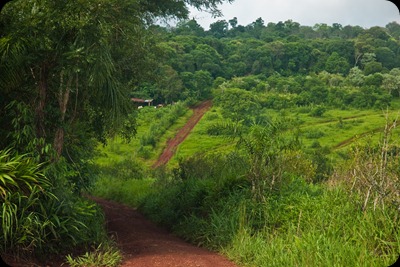
It covers a large section of the sub-basins of the Yabotí streams, tributaries of the Upper Uruguay, and still covered with forests in a good state of preservation.
Among the rivers that run industry with north-south they stand the Pepirí-Guazú, international boundary with Brazil and Yaboty or Pepirí-mini composed of two parallel courses that bind some 10km north of its mouth on The Uruguay: Yaboty-Guazú the west and east Yaboty Miní, possessing a vast redimbrífera that acts as the backbone of the book that deservedly takes its name (Yaboty in Tupi language means turtle)
Location.
Geographical coordinates: 26 ° 56'18 "S 54 ° 10'08" W of 26º37 'to 27º12' S lat, and 53º40 'to 54º18' W. Long
Yabotí Biosphere Reserve are 119 lots, mostly privately owned. They are included within the Reserve Provincial Park and Reserve Moconá Emerald, both Provincial domain state.
The area occupied by this reserve is covering 253,773 has mostly a relief of mountains, having in many cases very steep slopes. It forms part of the "Serra Geral".
Heights vary from 200 meters on the Uruguay River to 648 m in the northeast sector of the Reserve.
The waterways are numerous, the most important in the area of the basin, including in the reserve, the Yabotí stream crossing in the central part; Arroyo meeting Pepirí east Guazú, the Uruguay River to the south and west of Paradise stream and a section of stream The Proud. As these properties, mostly proprietary, they are currently subject to different types of intervention being the most important forest type selective.
Fitogeografía.
The atmosphere from the point of view corresponds to the phytogeographical neotropical Region, amazonian Dominion, Parana State, District of mixed forests (in the areas of low altitude) and Planaltense District (in the areas of high altitude), climáxica Community forests laurel and pine guatambú Paraná (Araucaria angustifolia).
Flora.
This reserve covers the SSE sector this environment, therefore the presence of stands of "pine" (cury) is scarce, being a ecotono environment presents low abundance of Parana Pine, aggravated by intensive and irrational exploitation is carried out this species.
The pristine environment of Parana Pine had to this species as an emerging and dominant. The canopy consists of: black laurel (Nectandra megapotamica), white guatambú (Balfourodendron riedelianum), yerba mate (Ilex paraguariensis), guayubira (American Patagonula) Marmelero (Ruprechtia laxiflora), Guayubira (Campomanesia xanthocarpa), Maria preta (Diatenopteryx sorbifolia ) cancharana (Cabralea oblongifoliola) Cerella (Eugenia involucrata) anchico white (Albizzia hassleri) white parrot (Bastardiopsis densiflora), cacheta (Didymopanax morototoni) Ibirá-Pita (Peltophorum dubium).
In the shrub layer intermediate or tree fern or Chachi bravo (Trichipteris sp.), Pari paroba (Piper geniculatum), brava nettle (Urera baccifera) cannelloni (Myrsine parvula), large patches of tacuarembó (Chusquea ramosissima) is Tacuapí (Merostachys clausennii).
These two species have proliferated in amazing form after the extensive and intense carried out operations in the area, caused by the increased penetration of light. This has led to a transformation in the herbaceous layer where many species have reduced their natural dispersal is common only where competition is reduced. Examples of these terrestrial orchids and ferns.
As for epiphytes, they exist in large numbers: mosses, orchids, bromeliads, cactus, Guembé, piperáceas and fickle vine plants like San Juan (Pyrostegia venusta), monkey ladder (Bahuinia macrostachys).
Fauna.
Corresponds to the neotropical region, subregion Guayano-Brazilian, subtropical District, as is a wide area and still covered with natural vegetation, the presence of wildlife is abundant. There are 103 species of birds, 25 species of mammals and not yet have data on herpetofauna finishes, but it would be 12 the described species, which would make a staff of 230 species of vertebrates, this is approximately 33% of the fauna campus the Province of Misiones.
The presence of the jaguar (Panthera onca) is highlighted, the tapir (Tapirus terrestris), the puma (Puma concolor), ocelot (Leopardus pardalis), fell or Capuchin monkey (Cebus apella), boy otter (Lontra longicaudis) as mammals who are in critical situation and some of them endangered, a situation that also extends to some birds like the bird bell (Procnias nudicollis) yacutinga (Aburria jacutinga) macuco (Solitary Tinamou), chest parrot vinous ( Amazon vinacea), King Vulture (Sarcoramphus potato), harpy eagle, yellow Surucua (Trogon rufus), different toucans, especially the toucan banana (Baillonius bailloni), the carpenter cinnamon face (helmeted woodpecker), the kettle or yacu Mount poi (Penelope superciliaris) carirrojo parrot (Pileated Parrot) the climber dark picapalo (Campylorhamphus falcularius), the dotted batará (spot-backed antshrike), Chestnut saira (precious Tangara), the peak thickness pepitero (Saltator maxillosus).
As additional data, in the north of the reserve there was one of the first nests described for Missions harpy and it was shot down by a storm. This is a species in serious risk of extinction in the province, a fact caused by the continued disappearance of natural environments in the Province of Misiones.
Moreover, zoning as a reserve area Mab of this extensive mission territory was during the 1990 pretext for massive logging of native forest instead of protecting it.
Yabotí as a biosphere reserve.
Biosphere Reserves are conceived as an innovation in the management of natural resources, providing a structure capable of handling these relate to the needs of the community. It aims to promote a balanced relationship between people and their natural environment to meet human through the promotion of environmentally sustainable development needs.
The distinctive feature of the system of Biosphere Reserves, other types of protected areas is that local people must play a constructive role and not be excluded from the operation of the unit.
The term "Biosphere Reserves" was used for the 1st time in 1970 as a relatively undefined concept. In 1976 established the first Biosphere Reserve. Since its inception, 75 countries have adopted this concept and near 300 protected areas have been incorporated into that category. In Latin America there are 42 such reserves in 13 countries. In Argentina there are six Biosphere Reserves, including Yabotí Biosphere Reserve (Misiones).
The proposal of "Biosphere Reserve Yabotí" project is presented in the message of the President of Argentina, Dr. Carlos S. Menem in the World Ecological Meeting, in Rio de Janeiro in June 1992 speaks of a Biosphere Reserve Missions in coincidence with the government of Misiones.
Through Provincial Law 3041 and Regulatory Decree 2472/93, opening the way for the conservation and use of natural resources Misiones.
Threats.
The Fed, for its location, bordering with Brazil (State of Santa Catarina), it contrasts with a highly modified area from the point of demographic, agricultural and cultural perspective. That border relationship, exerts a strong cultural pressure (radio and television), geopolitics (bridges, trade), legal (illegal land occupation), ecological (hunting and exploitation of flora and fauna).
These disadvantages can be reverted through works of awareness of the wealth and importance of the area. Experience has shown that an efficient "management of natural resources" is not achieved without the active involvement of the local community. This is precisely where the Environmental Education plays a decisive role.
The biosphere reserve concept is a category of very suitable to the Latin American reality, as it seeks to reconcile development and protection, making compatible production activities in the buffer zones and transition and applying protective measures in the conservation area core.
All this would coincide with the concept of sustainable development, including generating alternatives to local communities and regional actors who are ultimately will define the effective possibility to conserve ecosystems and representative species of the local natural wealth. Also generating a social process that also exceeds the isolationist vision of the preservation.
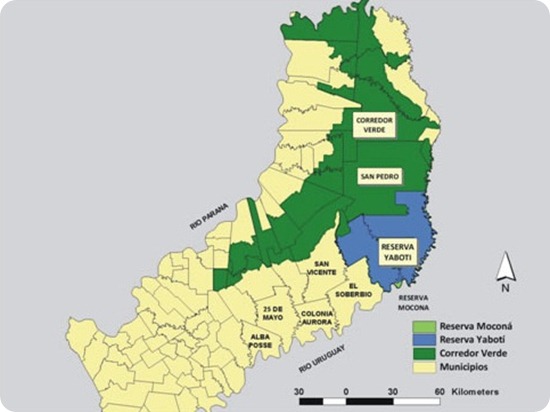
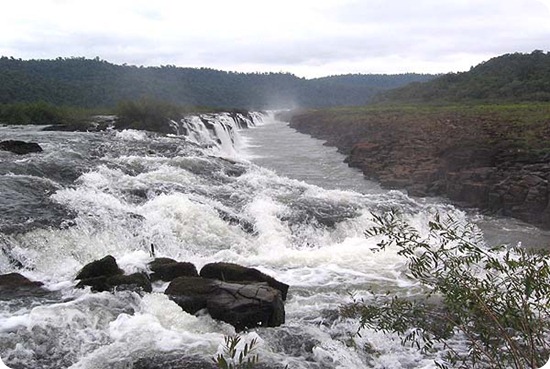
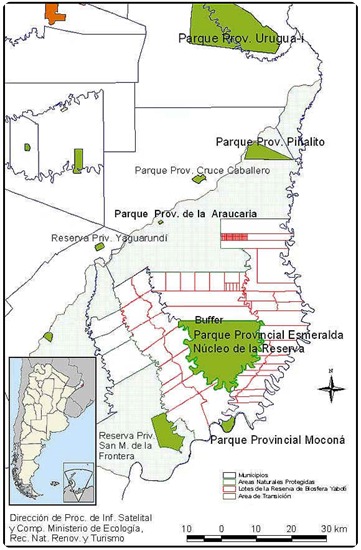
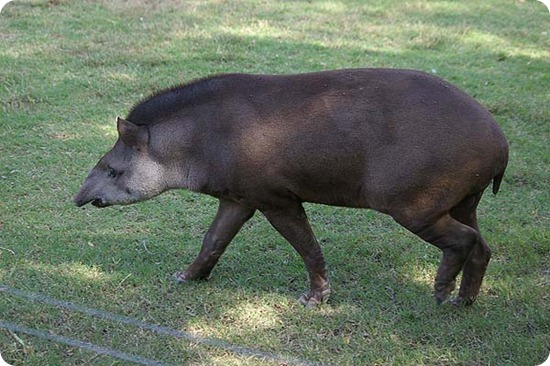
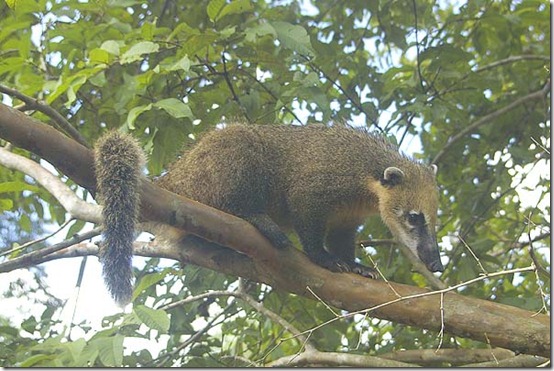

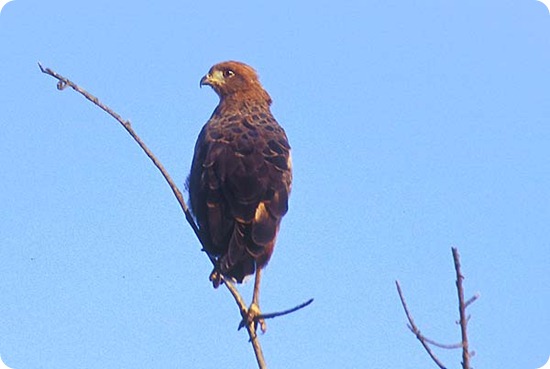




Comments
Post a Comment
Do not insert clickable links or your comment will be deleted. Check the Notify me notifications to be notified via email of new comments. If I helped you with the post or with the answers to the comments, share on Facebook or Twitter. Thank you.